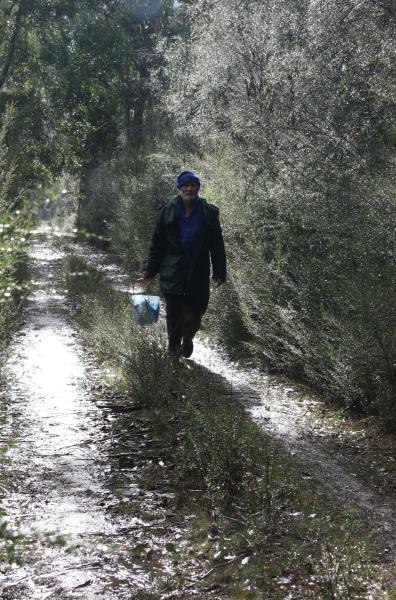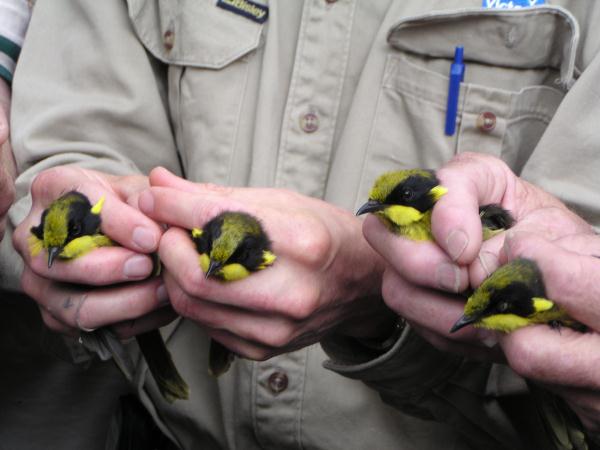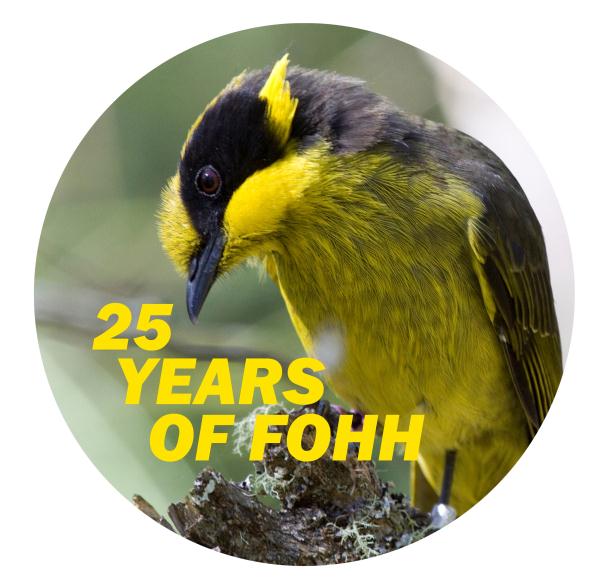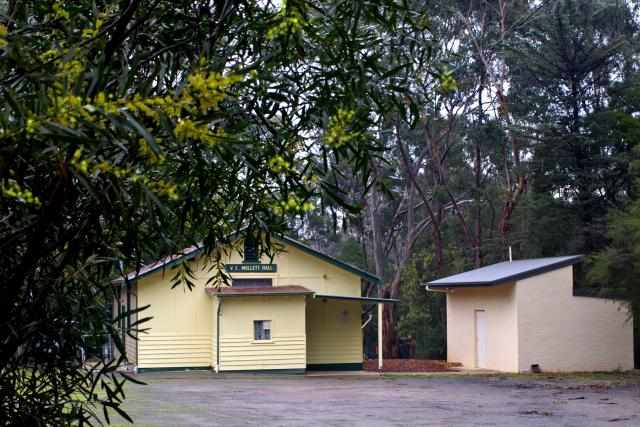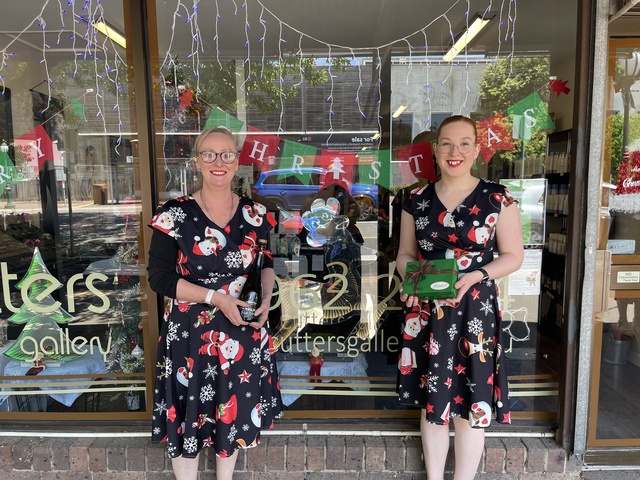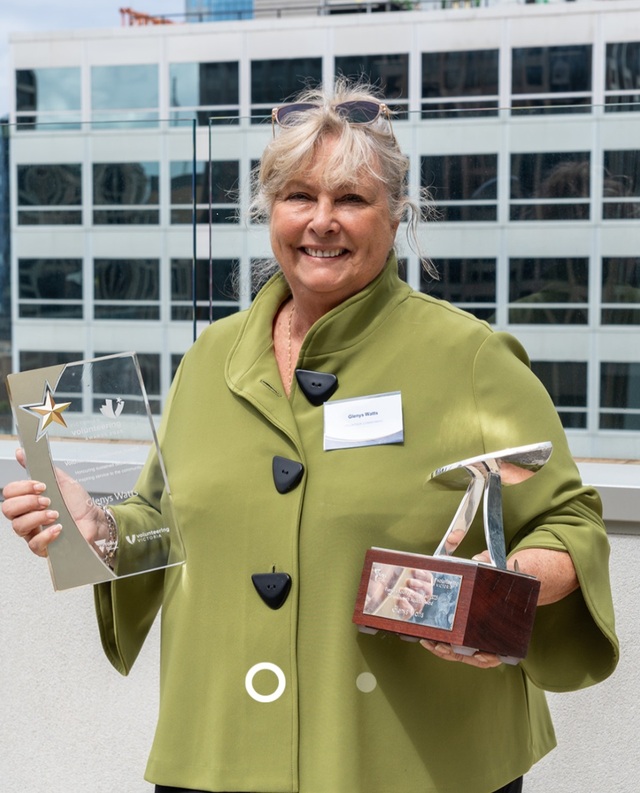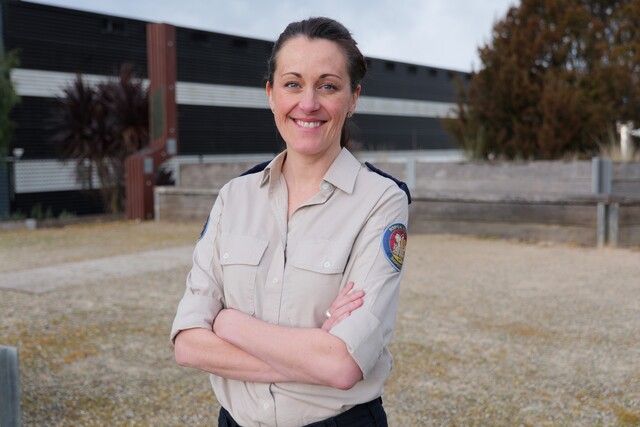By KATH GANNAWAY
AS the Friends of the Helmeted Honeyeater (FoHH) approach 25 years in their ongoing efforts to save Victoria’s faunal (bird) emblem from extinction, the group is aiming, through a series of articles, to lift the profile of their work, celebrate their achievements and look ahead to the next 25 years … and beyond.
It’s not surprising that this first article reflects on the beginning with a question.
“Who would have thought that the helmeted honeyeater would still be around today?”
Well, who would have, when in the early days of the recovery program, a computer model predicted that if nothing was done the bird would be extinct by 2000?
The enthusiasm and indomitable spirit of the people who started the Friends group on 23 May 1989 has had much to do with proving that prediction incorrect.
Thanks to FoHH founder Steve Craig, and many like-minded followers, the aims of preserving and improving the bird’s habitat have greatly contributed to ensuring the conintued existence of the critically endangered bird.
The helmeted honeyeater’s unique floodplain habitat, the Sedge-rich Eucalyptus camphora Swamp, once widespread in the Yarra Valley, is now found only in the Yellingbo area. It is now slowly being revegetated to provide more habitat for a rich diversity of Indigenous species.
FOHH president Robert Anderson said the Friends had long emphasised that works restoring habitat for the helmeted honeyeater should also make a direct contribution towards the conservation of a number of other threatened species, including the endangered lowland Leadbeater’s Possum.
Teams of volunteers have worked in the nursery to grow over 140 different plant species for revegetation. Seed has been collected, fences have been erected, weeds have been eradicated (perhaps not totally), and revegetation plots have been established.
“The Friends have been blessed by having enthusiastic volunteers. It has been like a call to arms,” Mr Anderson said.
“Some volunteers have given 25 years of service while there are always new folk who come in to help. The nursery is the hub of this operation and we are very proud of it. Nursery managers, both voluntary and paid, have been the reason it is so successful,” he said, adding “they deserve high praise.”
While habitat protection and enrichment have been carried out, the Friends have been able to educate the community.
It hasn’t all been plain sailing by a long way. Mr Anderson said lack of funding certainty, a long drought and extensive dieback in the Cockatoo Creek swamp had presented challenges that had required adaptability and innovative planning.
“Despite these challenges, we’re proud to say that after 25 years of effort, the helmeted honeyeater population is on the rebound,” Mr Anderson said.
He said there were now about 100 birds in the wild with impressive breeding outcomes at one site in the Yellingbo Reserve resulting in birds having to be relocated to avoid overcrowding.
“Who would have thought that would happen?” said Mr Anderson revisiting the opening question.

